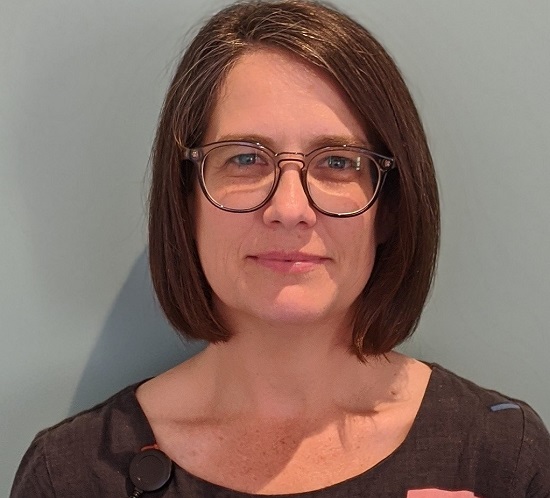 Critical to NSW Health’s COVID-19 response, is the work of the Epidemiology and Surveillance Unit within the Public Health Response Branch.
Critical to NSW Health’s COVID-19 response, is the work of the Epidemiology and Surveillance Unit within the Public Health Response Branch.
Paul Spokes, who manages the unit, explains how her work and the work of her team, helps to support NSW Health’s operational response.
In non-pandemic times, what is your role at NSW Health and what does it involve?
I am the manager of surveillance at Health Protection NSW’s Communicable Diseases Branch.
I oversee the collection, analysis and reporting of reportable infectious diseases in NSW, and look after the Notifiable Conditions Information Management system (NCIMS), which is our tool for managing infectious diseases reportable to NSW Health.
These conditions include vaccine-preventable diseases such as measles, sexually transmitted diseases, blood-borne viruses, respiratory infections, Tuberculosis and enteric conditions such as salmonella and gastro infections.
The system is used by public health units across NSW, to manage the collection of information on cases and identify clusters or outbreaks. Public health staff manage the follow-up of those who are infectious, to minimise onward transmission in the community. It is the same principle we’ve been using for COVID-19, but at a much larger scale.
What are you doing now as part of the COVID-19 response?
I now head up the epidemiology and surveillance team within the Public Health Response Branch. The work is largely a continuation and expansion of my normal role which is managing the data in the systems. This includes data collection, the manipulation of that data, and reporting for the operational response. Part of my role also involves providing information to the Commonwealth for inclusion in national COVID-19 reporting.
How has your work changed since the beginning of the year?
During the first wave of COVID-19 cases, when we were seeing hundreds of new cases a day, our work was mainly reactive. As case numbers have gone down, our role has changed.
There is a significant focus on testing information to make sure we are identifying cases early, to prevent transmission in the community. There has also been a lot of work to make sure the systems are ready to support the response in case of further increases in numbers increase.
Have you been involved in anything like this before?
I was involved in the swine flu pandemic response in 2009, when I first started in the Communicable Diseases Branch. While the response was very different and the impact on the community was less severe, it was a great learning opportunity and provided experience in large scale public health response which set us up well for our the COVID-19 response.
What do you tell family and friends when they ask about COVID-19?
People had a lot more questions earlier on when the pandemic started. I think most people feel well informed about what’s happening now, because of the amount of information that is available.
However, what people do want to know, is when will it end and when will a vaccine become available. My response is we’re dealing with a new level of normal and we have to adapt to that. We need to make sure we support each other through this time so that we feel as normal as possible.
What challenges have you faced either at work or at home and how have your overcome them?
The biggest challenge is that we have had to surge very quickly and maintain the response. I have a great team and we share the workload across a number of people.
How do you unwind if you get a spare moment?
Spending time with my children is the best way for me to take my mind off COVID-19. I have three children, so we spend time playing with lego and hitting the playground now that they are open.
